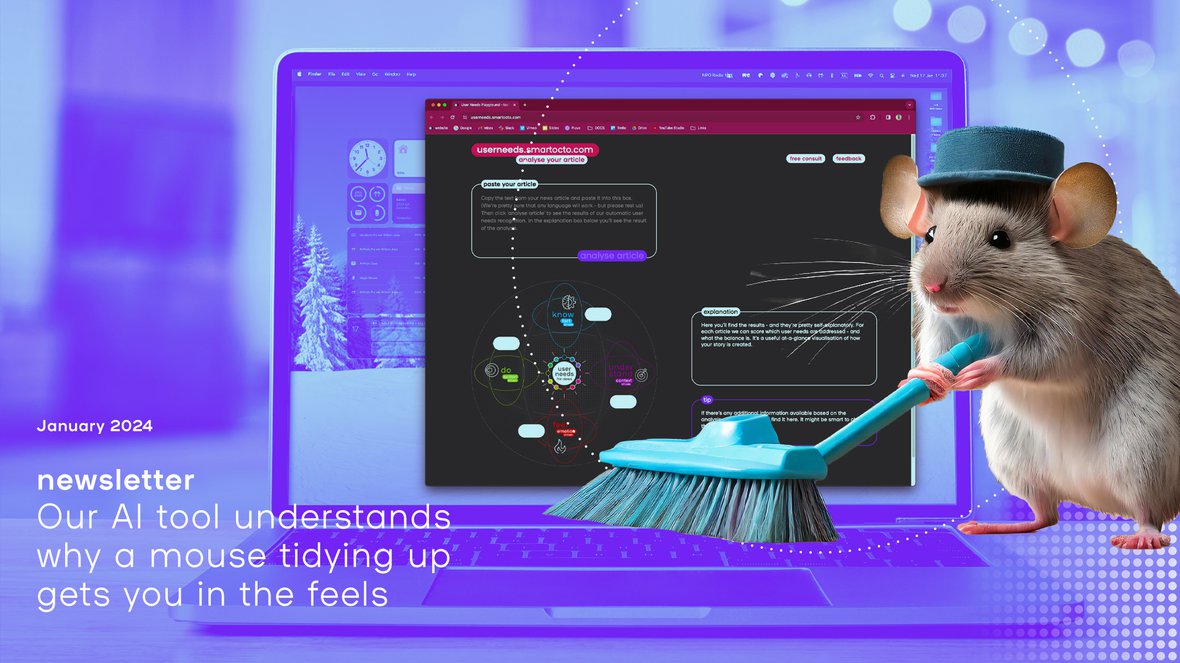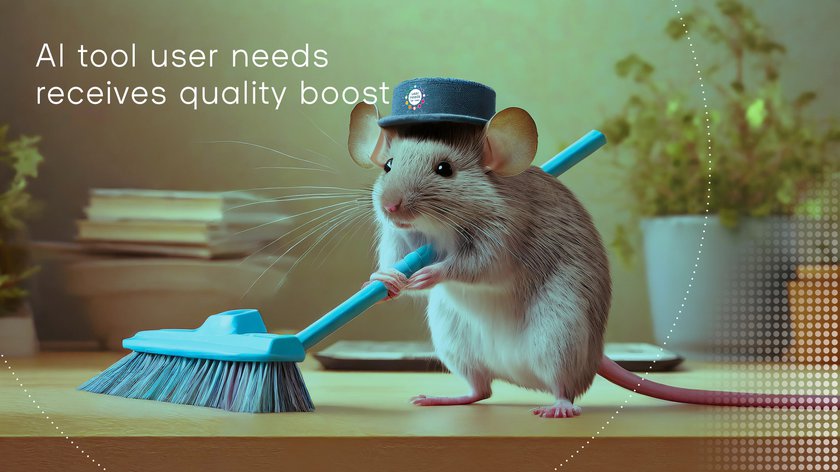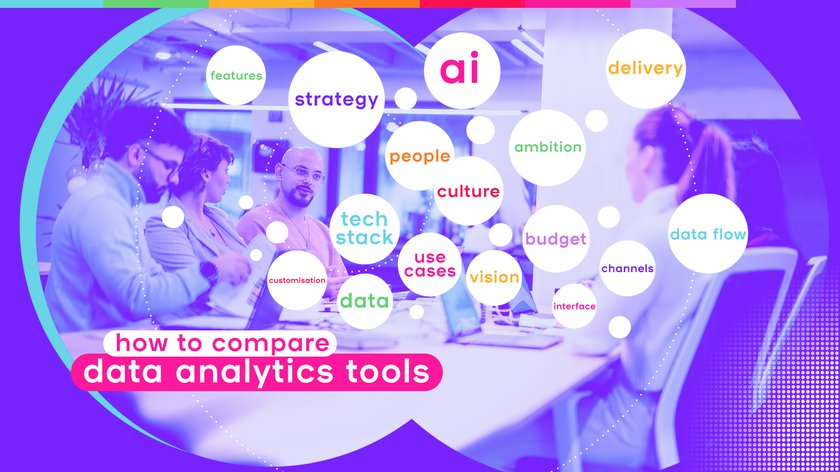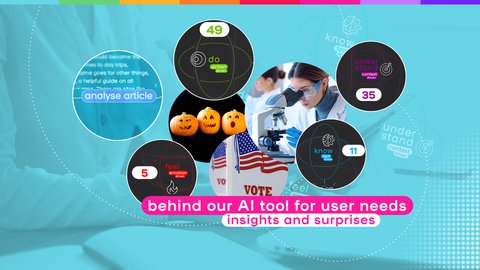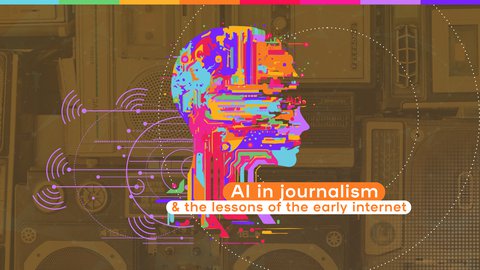Hello there,
Although we’re only a few weeks into the new year, it’s clear already that 2024 is set to be a year where elections dominate the news cycle. Half the world will head to the polls. Europe is electing a new parliament, the United States a new president. But India, Indonesia, and Mexico are choosing new governments too. It’s all go.
From a journalistic perspective, this is a year where you need to make your mark. Do you already know how you're going to serve your audience? Have you decided which of the countless stories you'll cover, and how you'll distinguish yourself from competitors, especially since they'll also be reporting on the election fever?
Rasmus Kleis Nielsen, in his prediction for Niemanlab, warned that higher traffic shouldn't be seen as the end goal, since news avoidance remains a distressing trend:
“The fundamental problem is that much of the public does not find news particularly worthwhile, and accordingly engage with it less and less.”
Although this sounds alarming, we view this as an invitation to double down and focus on the relationship with your visitors. We're here to help you engage with your audience. Coming up with a North Star, leveraging (free) AI tools, and adhering to a content strategy that suits you, are simple steps you can start with today.
